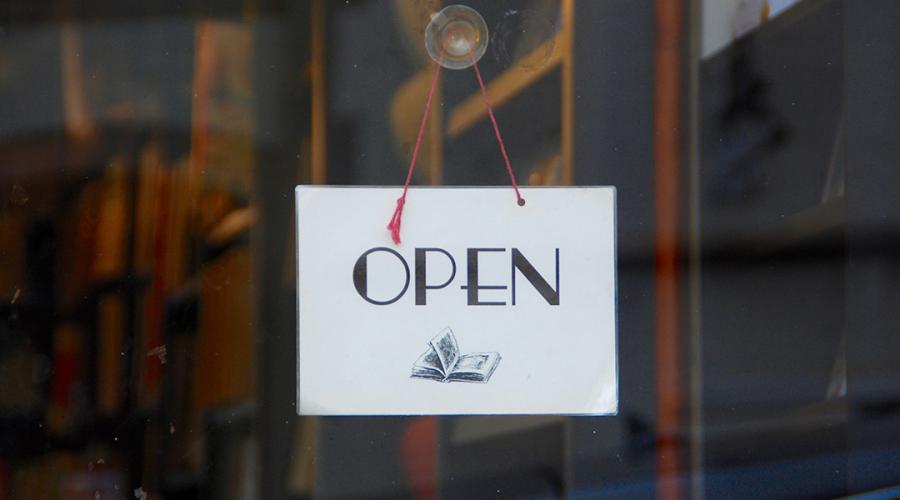
The Impact of Phase-4 Reopening in New York State on Workers
A number of regions of New York State have begun to qualify for Phase 4 reopening. Phase 4 reopening includes four main sectors: higher education, low-risk outdoor arts and entertainment, low-risk indoor arts and entertainment, and media production. These industries include workplaces such as museums, zoos, aquariums, historic sites, nature parks/gardens, colleges, universities, film and television sets, and sports games.
These have been some of the hardest hit by the pandemic with mass layoffs affecting many employees, especially those who work in low-wage work and face-to-face occupations.The BLS reported in May that 1.3 million workers in the arts, entertainment, and recreation have lost jobs during the pandemic. Phase-four reopening will allow these businesses to operate on a limited basis with restrictions put in place to maintain health and safety. However, Governor Cuomo has announced that some businesses including gyms, movie theatres, and shopping malls will not reopen during this time period. New York State has published guidelines on phase-four reopening that can be found here. Workers can expect some of the following impacts during reopening:
Reduction in Workforce
Although some business will be opening under phase four, most will be reopening at limited capacity. Media production sets or video locations cannot exceed 50% capacity and will limit use of extras, while studios with live audiences will be limited to 25% capacity. Outdoor arts and entertainment spaces will be limited to 33% capacity, while indoor arts and entertainment spaces will be limited to 25% capacity. In addition, colleges and universities may decide to shut down certain areas such as libraries, lounges, and study spaces where the virus may spread more easily. Many workplaces will only allow staff that are essential to the operation to return to the worksite and close exhibitions that require interaction. These capacity limits will reduce the size of the workforce as fewer staff will be allowed into work and needed to attend to less participants. Less revenue generated from emptier venues may also cause cuts to staffing. Many workers may face long-term unemployment and economic hardship, especially as Pandemic Unemployment Assistance (PUA) expires in the end of July.
Shifts in Schedule
As part of its guidelines, New York State recommends that employers stagger schedules of employees to reduce contact between workers. This guidance may reduce the spread of virus between workers and increase safety in the workplace. However, staggering schedules could create a burden on some workers, especially those who rely on scheduled child care or transportation services. Some workplaces in the arts and entertainment fields, such as museums or televisions productions may be unable to stagger schedules, as many employees need to work at a certain time or when patrons are visiting the attraction. Universities and colleges may have greater schedule flexibility or create cohorts of students who all take classes at the same time, and therefore workers may anticipate more schedule shifts.
Health and Safety Measures
The state government’s phase-four reopening procedures entail a number of health and safety measures. Workers will have to wear face masks any time they come closer than six feet with another person or interact with a patron. Employers are required to supply proper masks and other PPE at no cost to employees and provide training on how to effectively use protective materials. On film and television production sets, crew members who interact with performers not wearing face coverings (such as a hairstylist) must wear enhanced PPE such as a face shield, gloves, or goggles. Workstations will be opened only if they are six feet apart and routinely cleaned, and in film and television, productions may modify auditions, location settings, and other processes to ensure social distancing. Workplaces may install physical barriers to protect workers from patrons and stop the spread of the virus. Areas such as ticketing desks, information booths, and checkout registers may have these barriers installed. Employees may be asked to regularly clean and disinfect areas of the workplace and equipment with products provided by employers. Guidelines state that workers should not share or eat food together, and meetings should be held virtually or socially distanced. In addition, New York state recommends that not-in-person communication should be implemented if possible, such as radios on production sets.
All workers will be required to be screened daily for Covid-19 before reentering the workplace, and screening may come in the form of questionnaires. Contractors may be included in the screening process if possible. In higher education, all employees may be required to be tested for Covid-19 and procedures for higher education may differ slightly from other workplaces. The state government requires that if a worker displays symptoms, they must notify their employer and must be sent home. If a worker is in contact with anyone with Covid-19, they are also required to alert their employer. Employers must notify the health department if a worker tests positive, and are required to warn workers who work in close proximity with an individual who displays symptoms or tests positive. This may create significant issues for workers who want or need to work during this economic crisis, especially if Covid-related relief programs expire and workers are forced to choose between safety and financial hardship.
For more information and detailed guidelines, review summaries for each sector:
